Excessive Moisture Concrete Slab Sealing
florida_wen
17 years ago
Featured Answer
Sort by:Oldest
Comments (6)
floorguy
17 years agoRelated Professionals
Albuquerque Flooring Contractors · Canton Flooring Contractors · Conyers Flooring Contractors · Lathrop Flooring Contractors · Orlando Flooring Contractors · Santa Cruz Flooring Contractors · Berkeley General Contractors · Conneaut General Contractors · Hampton General Contractors · Nampa General Contractors · Pocatello General Contractors · Schertz General Contractors · Troy General Contractors · West Babylon General Contractors · West Whittier-Los Nietos General Contractorsflorida_wen
17 years agograffster
17 years agoflorida_wen
17 years agohappyfeet2
17 years ago
Related Stories

CONCRETEWhy Concrete Wants to Crack
We look at the reasons concrete has a tendency to crack — and what you can do to help control it
Full Story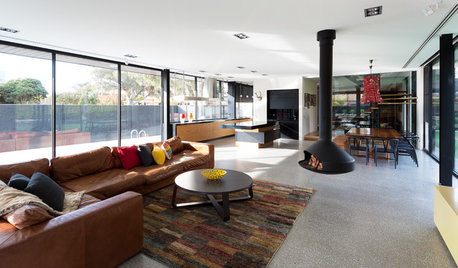
FLOORSKnow Your Flooring: Concrete
Concrete floors have a raw and elegant beauty that can be surprisingly warm
Full Story
GREEN BUILDINGConsidering Concrete Floors? 3 Green-Minded Questions to Ask
Learn what’s in your concrete and about sustainability to make a healthy choice for your home and the earth
Full Story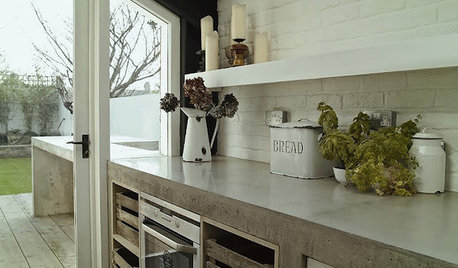
KITCHEN COUNTERTOPSKitchen Counters: Concrete, the Nearly Indestructible Option
Infinitely customizable and with an amazingly long life span, concrete countertops are an excellent option for any kitchen
Full Story
FLOORS5 Benefits to Concrete Floors for Everyday Living
Get low-maintenance home flooring that creates high impact and works with home styles from traditional to modern
Full Story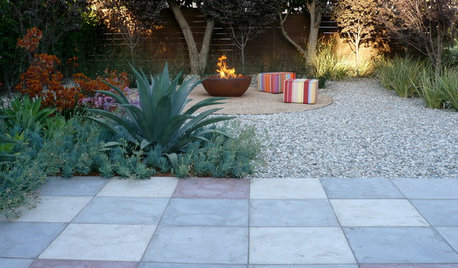
MATERIALSPrecast Concrete Pavers Make a Versatile Surface in the Garden
You can use concrete pavers in a variety of shapes and colors for your patio, walkway, driveway and more
Full Story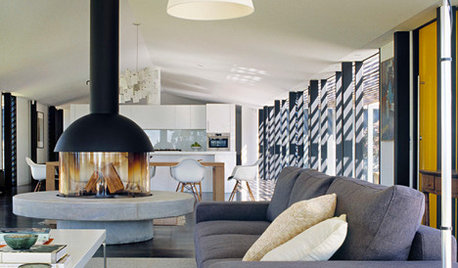
MATERIALS10 Cool Things to Do With Concrete in Your House
Humble concrete is being reinvented in everything from bathroom fixtures to lampshades
Full Story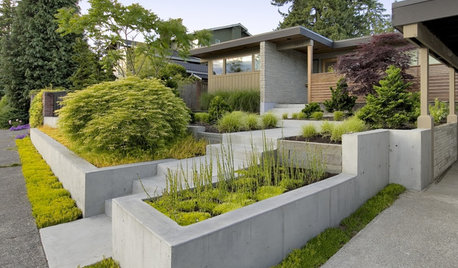
LANDSCAPE DESIGNGarden Walls: Pour On the Style With Concrete
There's no end to what you — make that your contractor — can create using this strong and low-maintenance material
Full Story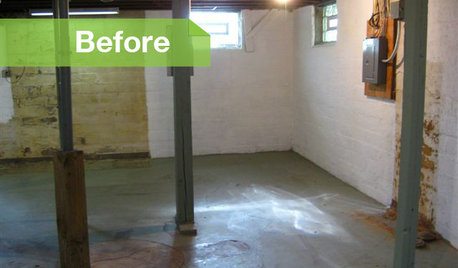
BASEMENTSBasement of the Week: Modern Style Converts an Empty Concrete Box
From raw wasteland to fab living, sleeping and storage space, this snazzy basement now covers all the angles
Full Story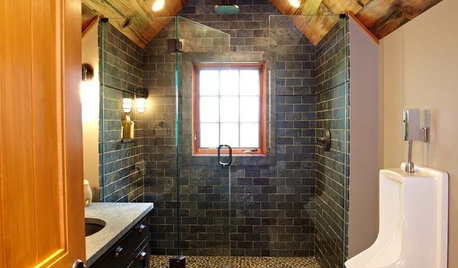
BATHROOM DESIGNWood in the Bathroom? Absolutely!
Wet places and wood can be a match made in design heaven — see great examples and get tips for sealing and installing bathroom wood here
Full StoryMore Discussions







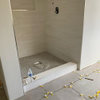
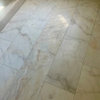

terrafina